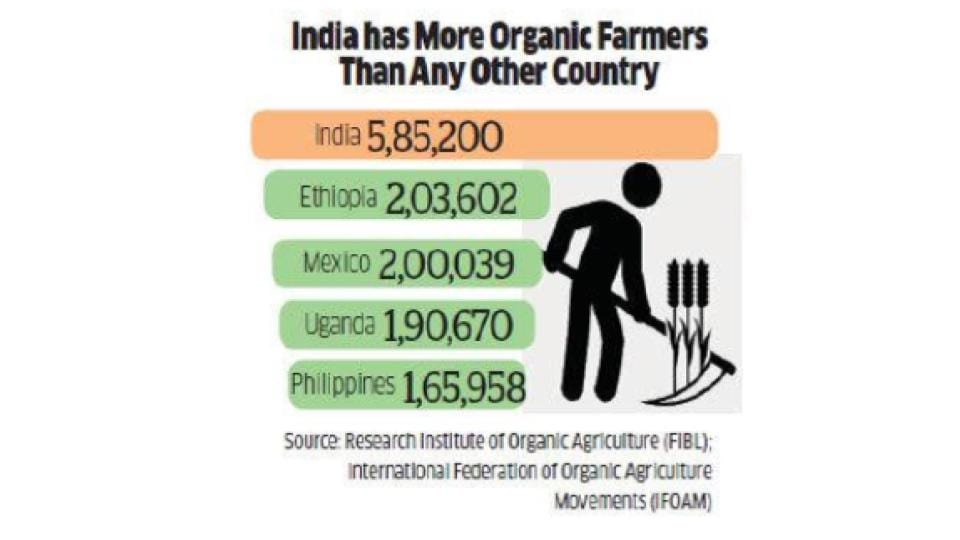What is a poultry farm competitive forces model?
It is an analysis of the most influential economic themes affecting competition.
In other words, if you are starting a poultry farming business…
…this analysis will give you an idea on what could change to affect your ability to compete for business.
The following is a popularised model for analysing competitive forces:
- Industry competition: what’s the general level of direct competitive rivalry among peers?
- Bargaining power of suppliers: how much bargaining ‘sway’ do suppliers have in the trade?
- Bargaining power of buyers: how much bargaining ‘sway’ do buyers have in the trade?
- Threat of new entrants: how likely is it that new start-ups will emerge in the niche?
- Threat of substitutes: what alternatives exist or could arise to this niche?
Now, before we delve into the importance of the competitive forces analysis, I have something to add:
This analytical tool is quite fear focused, in my opinion.
It approaches things defensively. And could cause a poultry business owner to divert much of their energy into preventative measures for losing business.
The aim rather should be to think of ways to innovate and add value. This way making the marketplace better for ALL involved.
The importance of a poultry farm competitive forces analysis?
It should keep you in innovation mode.
Always aware that things are changing in the competitive environment of your poultry business.
And as markets become more mature, it gets tougher for your business to stand out and sustain good profit because of…
- New start-up poultry farms.
- Suppliers charging more for inputs, like feed.
- Buyers with better economies of scale pushing up your prices.
- Products from other niches eating up your niche.
- Peers getting competitive and wrestling over territory.
This analysis should help you remain focused on the realities of remaining relevant to your target audience.
Example
Taking Senthilvela’s organic chicken farm business as the example,
I am going to run through a quick and simple competitive forces analysis:
Industry competition
The organic chicken production niche in India relative to the conventional farming industry is but a fraction.
There are still by comparison very few organic farmers compared with their conventional counterparts:
(Source: FiBL)
By estimation, there are somewhere between 9-14 crore (or, 90,000,000) farmers in India.
(Source: The Hindu Business Online)
Industry competition is low – because there are very few producers.
But just because there aren’t many providers clamouring over the same slices of pie,
This shouldn’t equal complacency from Senthilvela.
Customers vote with their feet.
Where they find a provider who communicates their expertise and authority over a subject matter, they will perceive his a the market leader.
Time is ticking for a 1st mover among many to ‘own’ the consumer conversation on organic chicken farming.
Journalistic coverage is the mainstay for info on organic produce still.
Whilst there are Facebook pages and brochure websites from producers advertising their service,
There are not as yet any comprehensive educational offerings from producers.
There’s still a lot of value to add from producers and much room for manoeuvre.
Bargaining power of suppliers
Senthilvela breeds his own chicken.
He feeds his own chicken with natural fodder.
As it seems he doesn’t have many suppliers within his business model.
It is unclear from the interview article if he supplements his chicken’s feed with grain.
If he does have exposure to commercial feed costs, this would put him at the disadvantage of being subject to price volatility.
Senthilvela rents his farm land from a friend.
With a profitable and growing farm business (contrary to the experience of many small scale conventional poultry farmers),
It would seem competition to use the land is very little.
This means Senthilvela might carry good bargaining power in his rent negotiation.
This could mean stable rental prices and a secure agreement.
Bargaining power of buyers
Organic food buyers and consumers relative to growers are not so many.
But they are growing.
This would suggest a fairly even playing field in terms of the supply vs. demand wrestling match.
However, on big factor which skews the whole interaction is producer visibility.
In other words,
There might be a lot of organic chicken farmers out there,
But do the consumers and buyers know who they are?
It seems there is still very little visibility of producer in the niche.
So, producers might need the customer more than the customer need the producer right now.
This would put a downward pressure on sales and pricing.
A 1st mover in the market who gains visibility would naturally win market leadership status.
Threat of new entrants
Conventional farmers who are fast converting to organic practices.
Increasing input costs in particular are responsible for giving them motive to cross over.
Plus, the more media coverage organic farming gets, the more attractive an investment prospect it becomes to small and medium-sized agripreneurs.
This means new entrants are always a reality.
The relative small set-up costs also make it quite easy to get started.
Threat of substitutes
Other meats could be used as a substitute for organic poultry.
Other birds like, Quail, for example have their own appeal.
